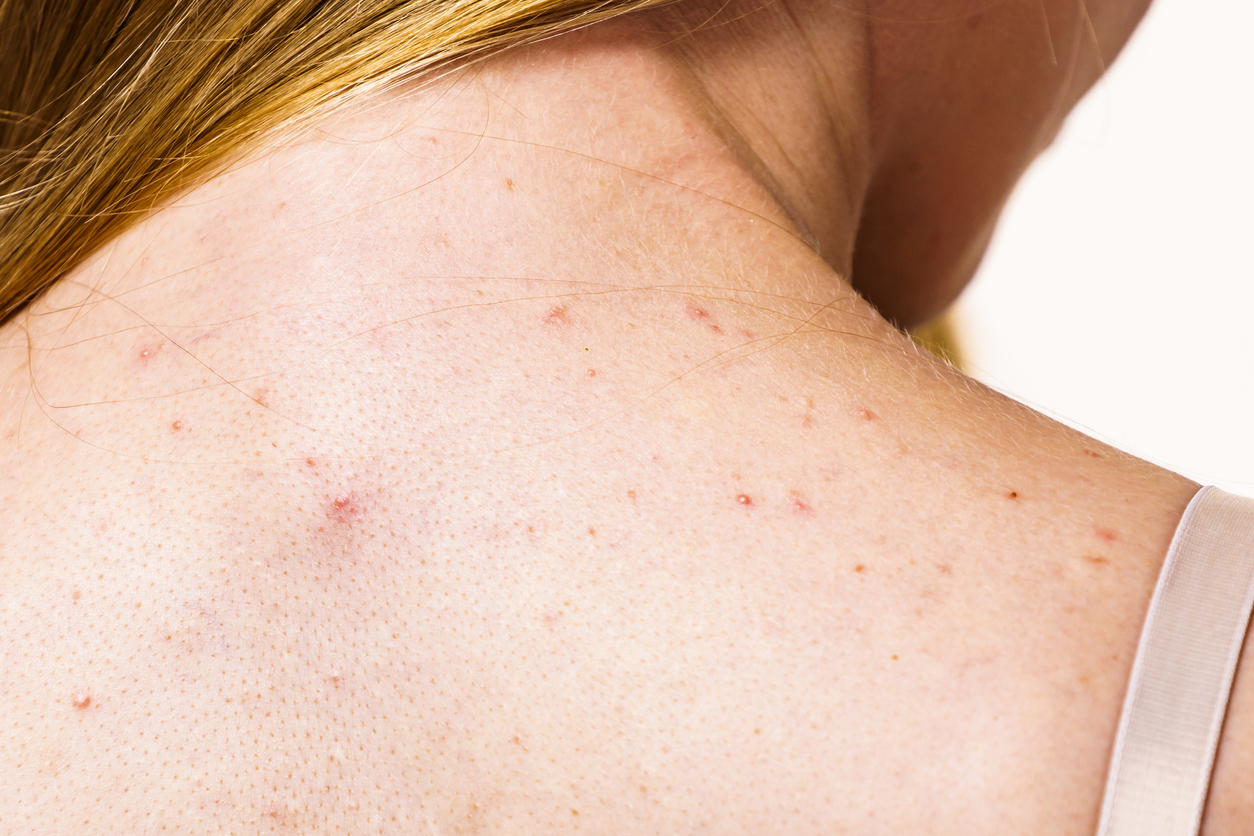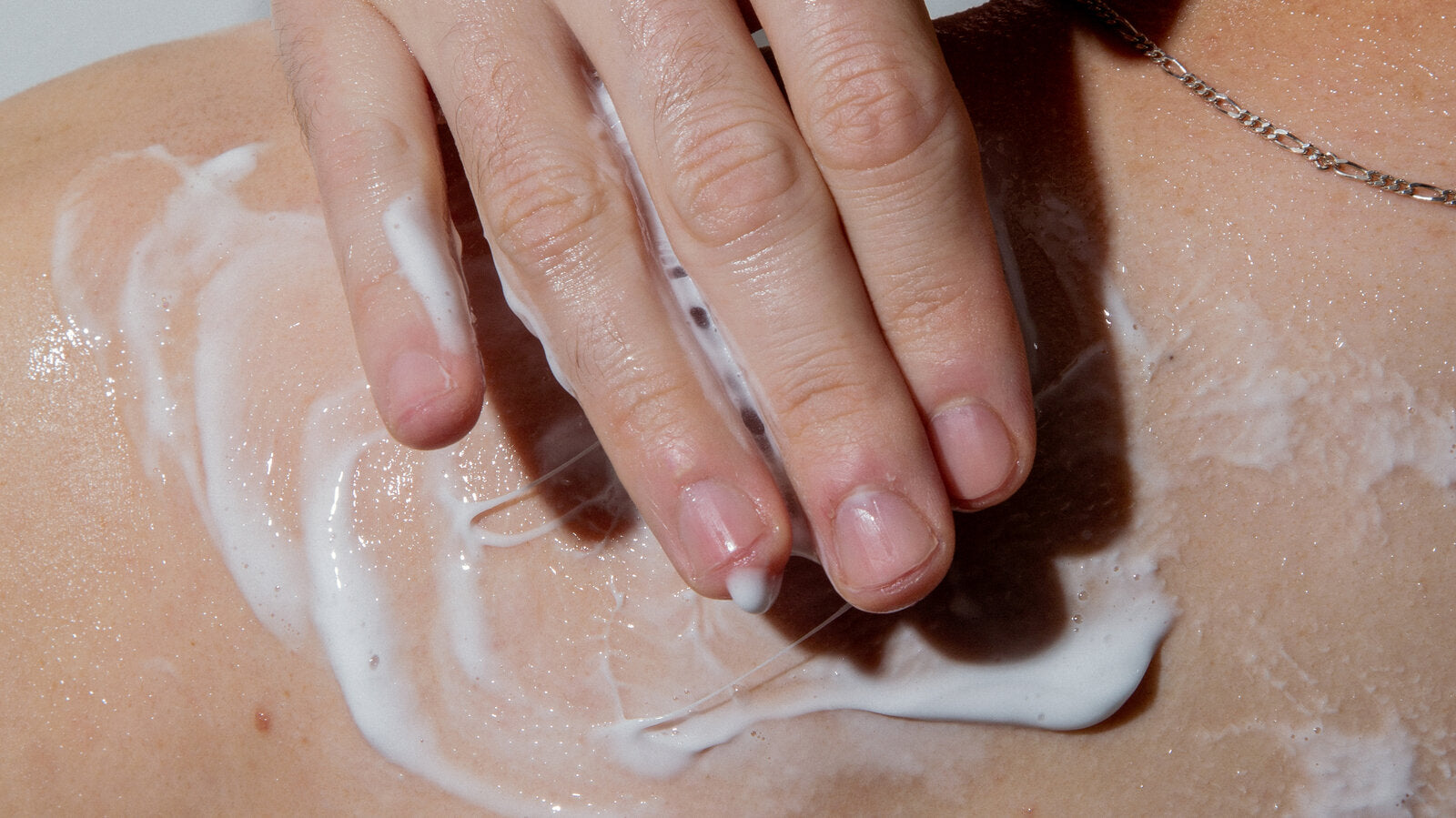Acne Between Butt Cheeks: Causes, Treatment, and Prevention
Having acne between butt cheeks can lead to significant discomfort and feelings of embarrassment for many people. As a skincare professional, grasping the causes and effective treatments available for this condition is essential for providing the right guidance to clients. It's necessary to approach this topic with care and sensitivity, as it often carries an aura of stigma.
Addressing acne in this delicate area goes beyond just cosmetic concerns; its about prioritizing skin health and personal comfort. Highlighting this issue can ensure that vital information reaches those who may be silently dealing with it.

What Causes Acne Between Butt Cheeks?
The main cause of acne between butt cheeks, often referred to as folliculitis, stems from inflammation of hair follicles caused by bacterial infections. Contributing factors include tight clothing, excessive sweating, and inadequate hygiene practices. It's crucial for skincare professionals to inform clients about how clothing friction and sweat can worsen this issue.
Additionally, sitting for prolonged periods can lead to more irritation of the hair follicles. Certain fabrics may exacerbate the situation, causing further irritation and leading to painful, acne-like symptoms.
Understanding the Types of Acne Between Butt Cheeks
Several forms of acne can manifest in the gluteal area. A common variant is bacterial folliculitis, marked by red, inflamed bumps which may produce pus. This can arise from skin irritation or exposure to harmful bacteria found in inadequately maintained hot tubs or pools. For more insights on common pool bacteria that could lead to these outbreaks, see this article on pool bacteria.
Another type is pityrosporum folliculitis, which is associated with a yeast infection on the skin. Distinguishing these types is critical for determining an effective treatment plan, often advised by dermatology experts.
Effective Treatment Options
Tackling acne between butt cheeks requires a multifaceted approach that may include both over-the-counter treatments and professional interventions. Suggesting gentle, antibacterial body washes that cleanse and soothe inflamed areas can be quite beneficial. For a great selection, check out this best body wash for acne.
Topical treatments with benzoyl peroxide or salicylic acid can also diminish inflammation and clear active acne. For more severe cases, advanced treatments like laser therapy and chemical peels may be appropriate, as recommended by a licensed skincare expert or dermatologist.
Lifestyle Changes and Prevention
Preventive measures are essential in managing and preventing this condition. Advising clients to opt for breathable, cotton clothing can help reduce friction and irritation. They should also be encouraged to follow proper hygiene practices, especially post-exercise. A quick shower after sweating can help eliminate residues that might flare up inflammation.
Moreover, dietary changes could play a role in reducing acne occurrences. A well-balanced diet rich in anti-inflammatory foods may enhance overall skin health and reduce outbreaks. Regular exfoliation with gentle products formulated for sensitive skin can also prevent the build-up of dead skin and clogged follicles. To learn more about the importance of exfoliation, visit why exfoliate.
Role of Professional Beauty Advice
The importance of professional guidance cannot be overstated in effectively managing and averting acne-related issues. As a beautician, staying informed about the latest treatment techniques and products, such as those found in how to exfoliate, can elevate the standard of advice you provide to your clients.
Additionally, building professional relationships with dermatologists for advanced consultations allows you to offer a comprehensive view and tailored solutions. This cooperation can greatly enhance your credibility and improve client satisfaction.
:max_bytes(150000):strip_icc()/GettyImages-1053614732-bb938a1398b94a7a8b6bf9d73ec0a107.jpg)
FAQs
What is the fastest way to clear acne between the buttocks?
While there isn't an immediate miracle treatment, consistent hygiene, loose-fitting clothing, and the use of medicated creams can help speed up recovery. Persistent issues should always be discussed with a dermatologist.
Can diet changes contribute to this type of acne?
Absolutely! A diet rich in omega-3 fatty acids, fruits, and vegetables has been shown to mitigate inflammation. Reducing sugar and processed food intake may also lessen outbreaks.
How can beauticians assist clients with acne-prone areas?
Beauticians can offer guidance on skincare routines, recommend appropriate products, and deliver lifestyle advice. They can also provide professional treatments while collaborating with dermatologists for more comprehensive care.
When dealing with acne between butt cheeks, maintaining a compassionate and educational approach is essential. By providing specific advice and utilizing professional expertise, beauticians can help their clients achieve healthier skin and enhanced confidence.
This article contains affiliate links. We may earn a commission at no extra cost to you.

